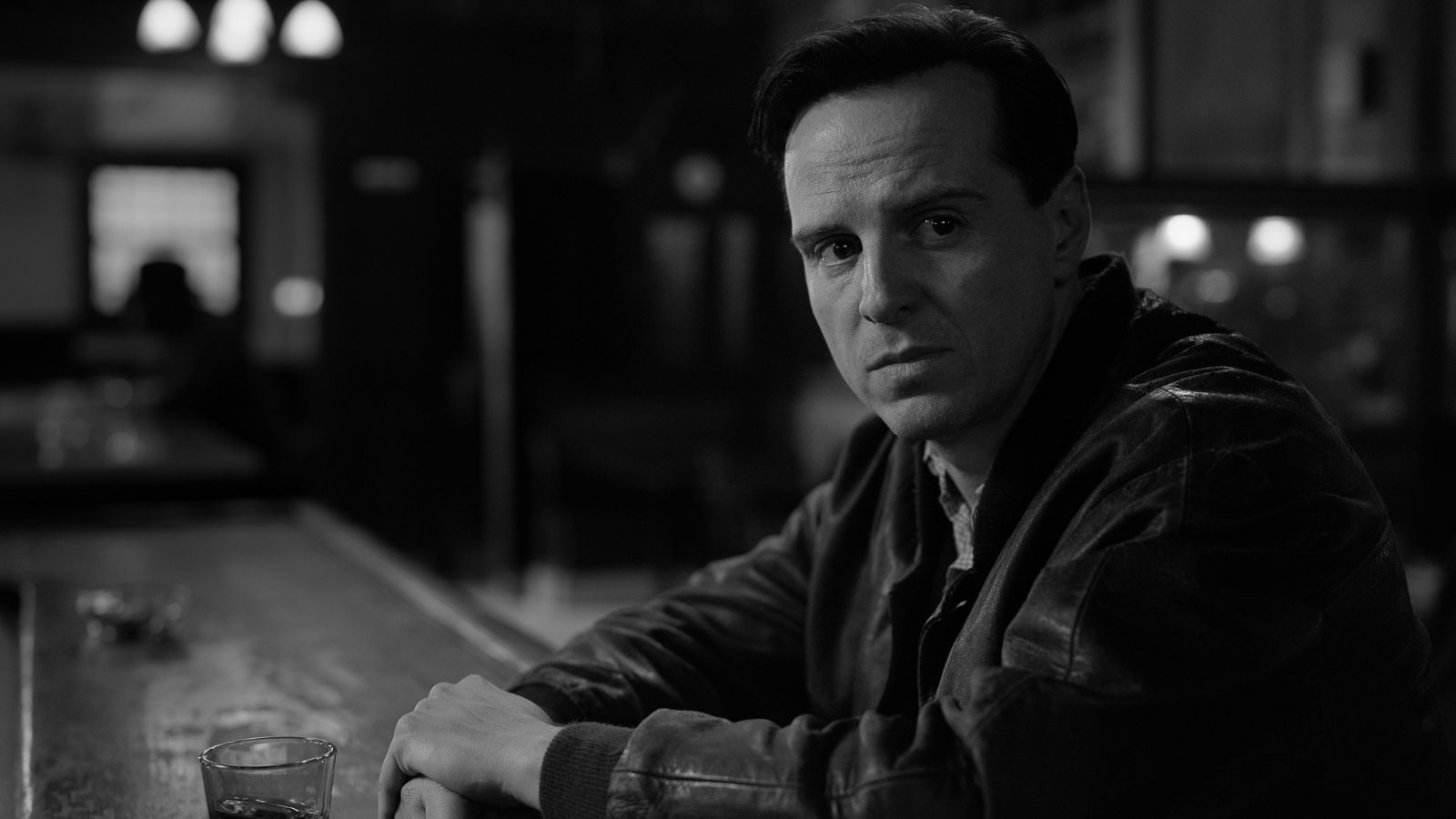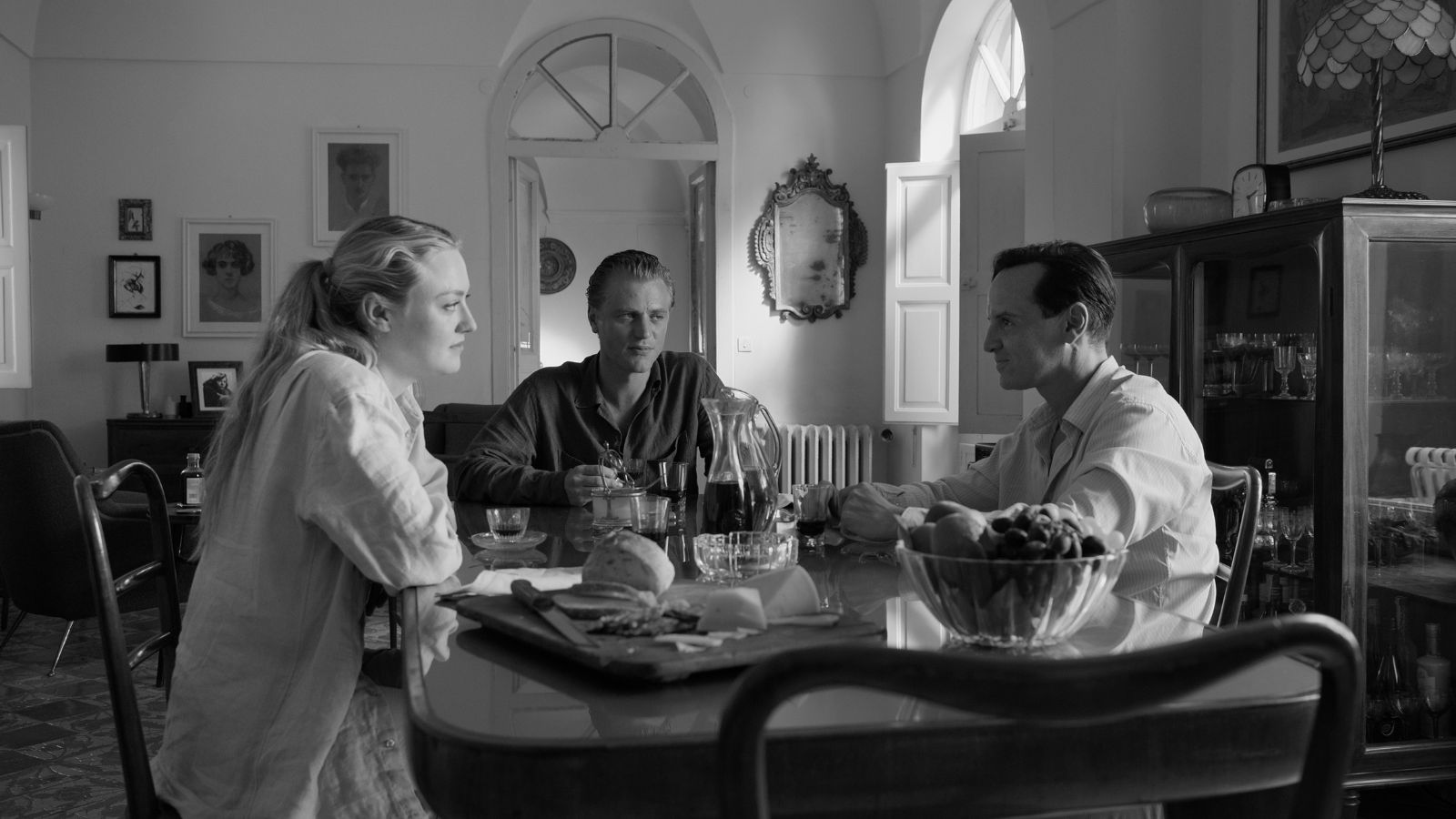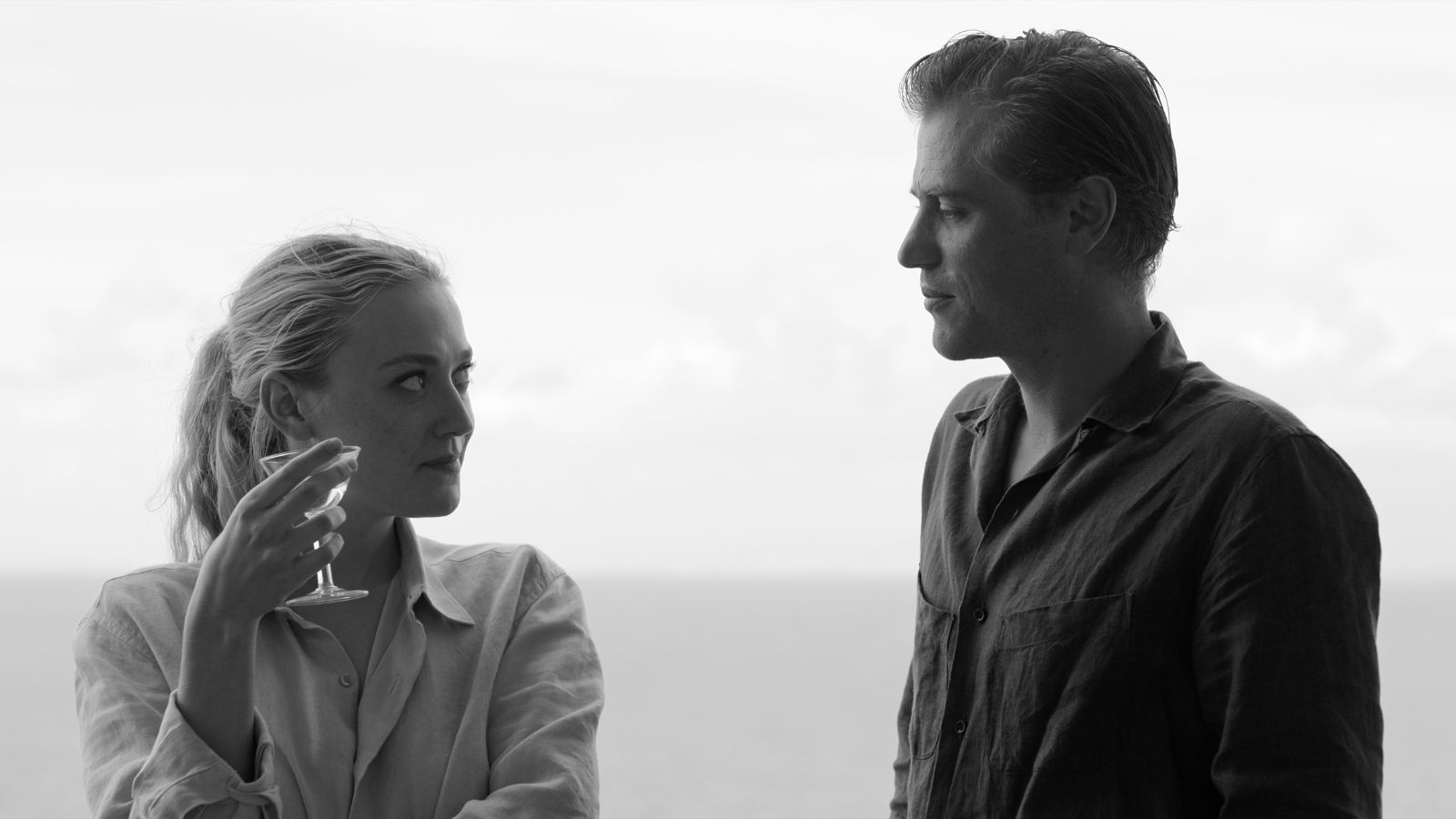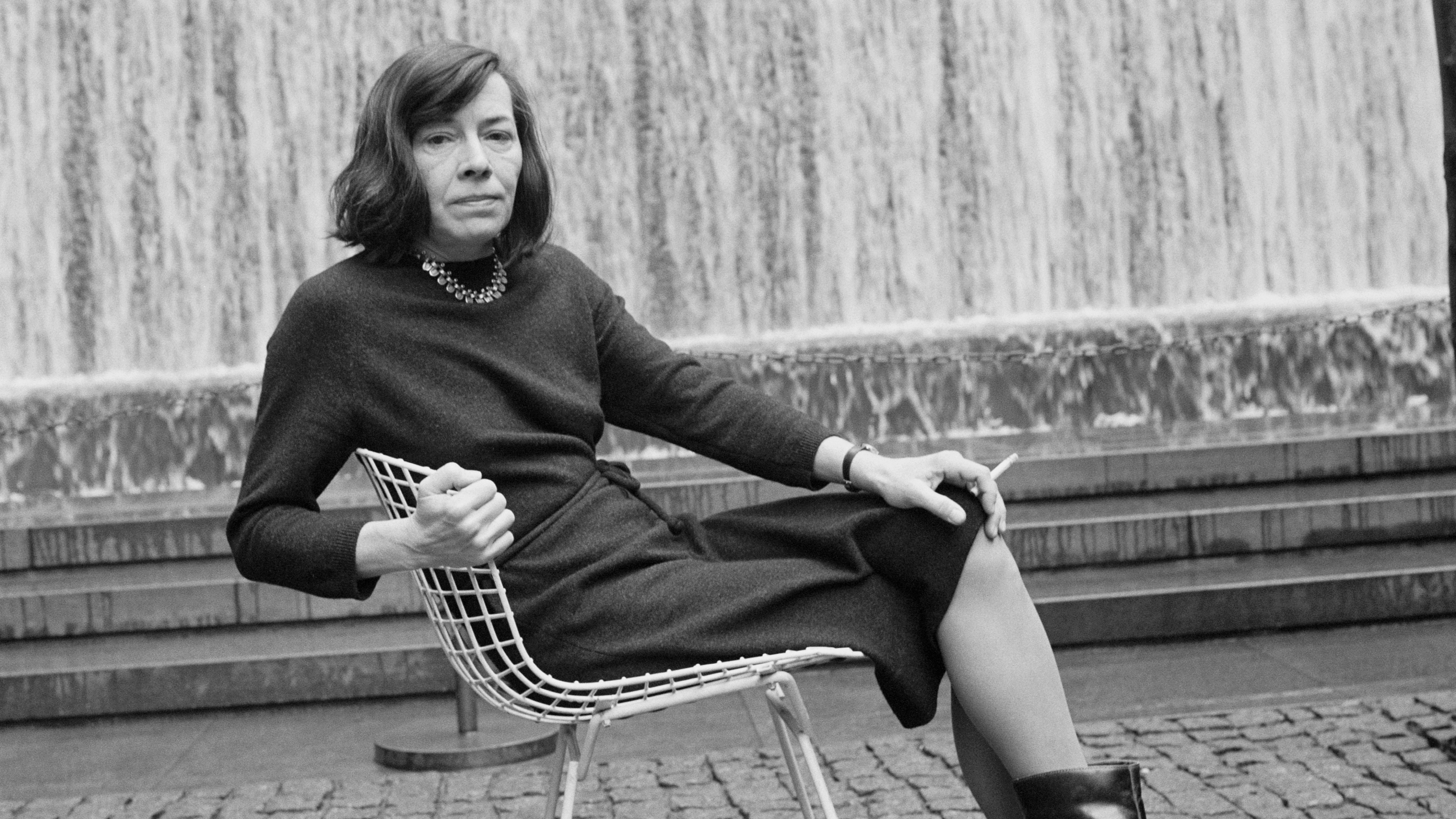What is Ripley on Netflix based on? All you need to know about what inspired the series
Here's what you need to know about the story that inspired Netflix's new series, Ripley...


Netflix's Ripley is one of the big releases set to hit the streaming service in April, but what is the series based on?
Starring Dakota Fanning, Johnny Flynn, and Andrew Scott, Ripley is set to become Netflix's next big hit as the show brings to life in black and white a psychological thriller set in the 1950s. The story is dark and macabre and many are set to begin to wonder if the series is based on a true story or whether it's entirely fictitious. Here's what you need to know about the story that inspired the events of Netflix's Ripley.
What is Neflix's Ripley based on?
Ripley is based on a book by Patricia Highsmith that was first published in 1955. Patricia's novel was titled The Talented Mr Ripley. It was the first of a five-series 'Ripliad' of novels all of which focused on Mr Tom Ripley and his abilities as a con artist which allowed him to get away with several crimes - including several murders.
The subsequent books were published between 1970 and 1991. The four sequels were titled Ripley Under Ground (1970), Ripley's Game (1974), The Boy Who Followed Ripley (1980) and Ripley Under Water (1991).
The Talented Mr Ripley by Patricia Highsmith, £6.97 | Amazon
First published in 1955, this is the book by Patricia Highsmith which inspired several adaptions and focuses on Tom Ripley's relationship and obsession with Dickie Greenleaf.

Dakota Fanning, Johnny Flynn, Andrew Scott in Ripley
The Talented Mr Ripley isn't the only one of Patricia's books to be adapted for the screen. Her story Strangers on a Train was made into a film directed by Alfred Hitchcock and The Price of Salt was adapted into the 2015 movie Carol starring Cate Blanchett.
What real life events inspired Ripley?
Speaking about the inspiration behind the character Mr Tom Ripley, Patricia credited a man she encountered while in Positano in 1952. She said in a 1989 article of Granta Magazine that while sitting on the balcony of her hotel room she "noticed a solitary young man in shorts and sandals with a towel flung over his shoulder, making his way along the beach from right to left. He was looking downward... I could just see that his hair was straight and darkish."

She continued, "There was an air of pensiveness about him, maybe unease. And why was he alone? He did not look like the athletic type who would take a cold swim alone at an early hour. Had he quarrelled with someone? What was on his mind? I never saw him again. I did not even write anything in my cahier about him. What would there have been to say? He looked like a thousand other American tourists in Europe that summer. I had the feeling that he was American."
Sign up for the woman&home newsletter
Sign up to our free daily email for the latest royal and entertainment news, interesting opinion, expert advice on styling and beauty trends, and no-nonsense guides to the health and wellness questions you want answered.
She said that this image stayed with her and inspired the events of the first book which subsequently became a franchise with several film and TV adaptations. "It was only "years later [when] journalists asked me, 'Where did you get the idea of Ripley from?' and as I racked my mind to answer, to recall exactly where [that] the solitary figure on the beach returned to me, and I described his appearance – as I had seen it from two hundred metres or more," she said in the article.

Who was Patricia Highsmith?
The author was a lesbian who wrote in several journals about her preference for male company but her sexual preferences for women. The author had a life plagued with several mental health disorders and was described as being withdrawn from society. She reportedly preferred the company of animals rather than humans, the author said in a 1991 interview, "I choose to live alone because my imagination functions better when I don't have to speak with people."
"Patricia Highsmith was Tom Ripley without the charm," writer Edmund White said about the author rather savagely in the The New York Times.
Laura is the Entertainment Editor for woman&home who primarily covers television, film, and celebrity news. Laura loves drinking and eating and can often be found trying to get reservations at London's trendiest restaurants. When she's not wining and dining, Laura can also be found travelling, baking, and hiking with her dog.
-
 From highlights to glosses, here's everything you should know before colouring Afro-textured hair
From highlights to glosses, here's everything you should know before colouring Afro-textured hairKeep your curls and coils healthy during colour processes with this beauty editor's guide
By Keeks Reid Published
-
 Davina McCall says entering perimenopause was 'terrifying and lonely' - and it left her 'furious' at her lack of knowledge on the subject
Davina McCall says entering perimenopause was 'terrifying and lonely' - and it left her 'furious' at her lack of knowledge on the subject"I know nothing. This is so insulting."
By Charlie Elizabeth Culverhouse Published
